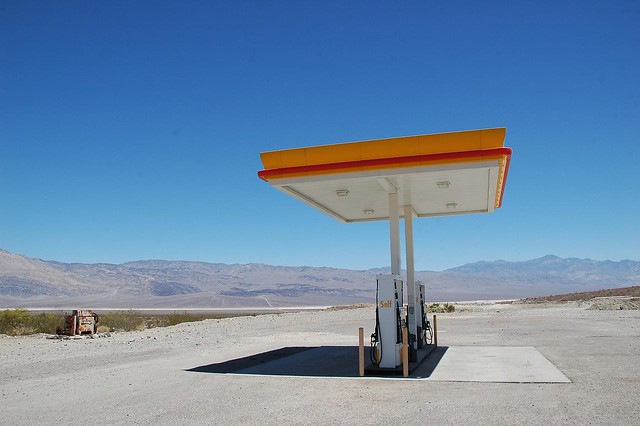 California is way ahead of other U.S. states – and many countries around the world, for that matter – in the clean energy race, with specific regulations that require utilities to get a significant portion of their electricity from renewable sources, and with authorities that encourage innovative and progressive thinking. The state has a wide range of policies that tackle climate change, including generous incentives for green vehicles, as well as investments in sustainable energy infrastructure, and now it intends to step up efforts for boosting renewable energy, with a new plan for a drastic reduction of oil use over the next fifteen years.
California is way ahead of other U.S. states – and many countries around the world, for that matter – in the clean energy race, with specific regulations that require utilities to get a significant portion of their electricity from renewable sources, and with authorities that encourage innovative and progressive thinking. The state has a wide range of policies that tackle climate change, including generous incentives for green vehicles, as well as investments in sustainable energy infrastructure, and now it intends to step up efforts for boosting renewable energy, with a new plan for a drastic reduction of oil use over the next fifteen years.
Jerry Brown, who was sworn in for a record fourth term as California governor earlier this week, delivered his inaugural address on Monday, dedicating a huge part of it to the battle against climate change and air pollution. In his speech, Brown said that California will try to cut petroleum use in motor vehicles by 50% by 2030, which seems like a pretty ambitious goal, but if there is a state that could achieve it, it’s California.
The plan consists of several initiatives, focusing on investment in solar power systems, pushing alternative fuel vehicles, and using information technology for more efficient electrical distribution. “I envision a wide range of initiatives: more distributed power, expanded rooftop solar, micro-grids, an energy imbalance market, battery storage, the full integration of information technology and electrical distribution and millions of electric and low-carbon vehicles,” said Brown in his address.
In addition to reducing oil use, Brown plans to introduce a few more measures that are supposed to help the state tackle environmental issues. These include a requirement for utilities to generate one-third of the electricity from renewable sources, as well as improving energy efficiency of buildings by 50 percent.
While meeting these target is certainly a huge challenge, California has what it takes to do it. It is already at the forefront of adopting alternative fuel vehicles, including plug-ins and fuel cell cars, investing hundreds of millions of dollars to install charging and refueling stations for these eco-friendly vehicles, and incentivizing EV and hydrogen car purchases. A couple of months ago, the number of EVs in California surpassed the 100,000 mark, putting it way ahead of the rest of the country in terms of EV sales.
The California Air Resources Board (CARB) believes that a 50% reduction of oil use is doable, saying that it would take a significant improvement of gasoline-powered vehicles’ fuel economy and increasing the use of alternative fuels by at least 50%. “An approach to 50 percent petroleum reduction could include: Reducing growth in vehicle-miles traveled to 4 percent; increasing on-road fuel efficiency of cars to 35 mpg and heavy-duty trucks to about 7 mpg; and at least doubling use of alternative fuels like biofuels, electricity, hydrogen, and renewable natural gas,” said CARB in an announcement.
On top of improving air quality, the environmental measures proposed by the governor are expected to have a big economic impact, saving the state billions of dollars and reducing its dependence on oil, as it spends up to $50 billion a year on oil, according to CARB.